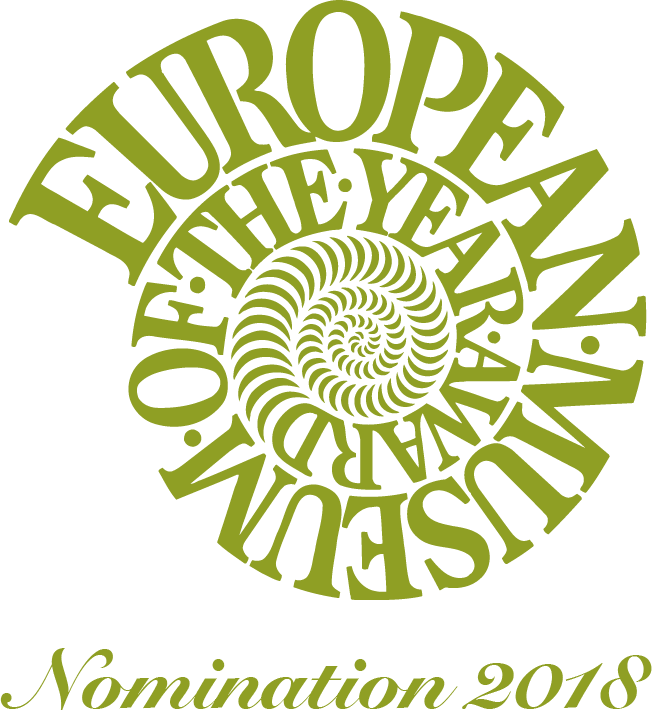The Museu Carmen Thyssen Andorra offers you this week a new guided tour of a particular work from the exhibition “INFLUENCERS in Art. From Van Goyen to Pop Art“, which you can discover from the comfort of your own home.
Today, the Museu Carmen Thyssen Andorra invites you to discover “Vew of the plain of Montmartre”, 1848, by the famous French painter Théodore Rousseau, which is part of the Carmen Thyssen-Bornemisza collection.
Théodore Rousseau, born on 15 April 1812 and died on 22 December 1867, was a major French artist of the 19th century. Associated with the Realist and Romantic movements and affiliated with the Barbizon School, of which he was one of the greatest representatives, he was a landscape painter who was a hinge between classical tradition and modern naturalism and who gave the lead to the European avant-gardes.
Connected from a very young age with the world of art, he began his academic training in various workshops and went to the great Parisian museums to copy the great masters. Nevertheless, his taste for modernity quickly manifested itself through his interest in the great English masters of light such as John Constable.
As a painter well integrated in the official salons, he will however end up not being accepted there anymore. It was then that he left Paris and moved to Barbizon and discovered the surrounding rural landscapes, which led him to represent wild landscapes and their light by applying the technique of plein air.
Théodore Rousseau does not limit himself to the simple representation of the landscape, but also and above all, he captures the feelings that emanate from it. An artist who never stops playing with light without totally dominating color, he promotes a balanced composition in which earth and sky have equal importance. Finally, the secondary presence of man in his works gives the spectator a feeling of serenity, harmony, and solitude.


